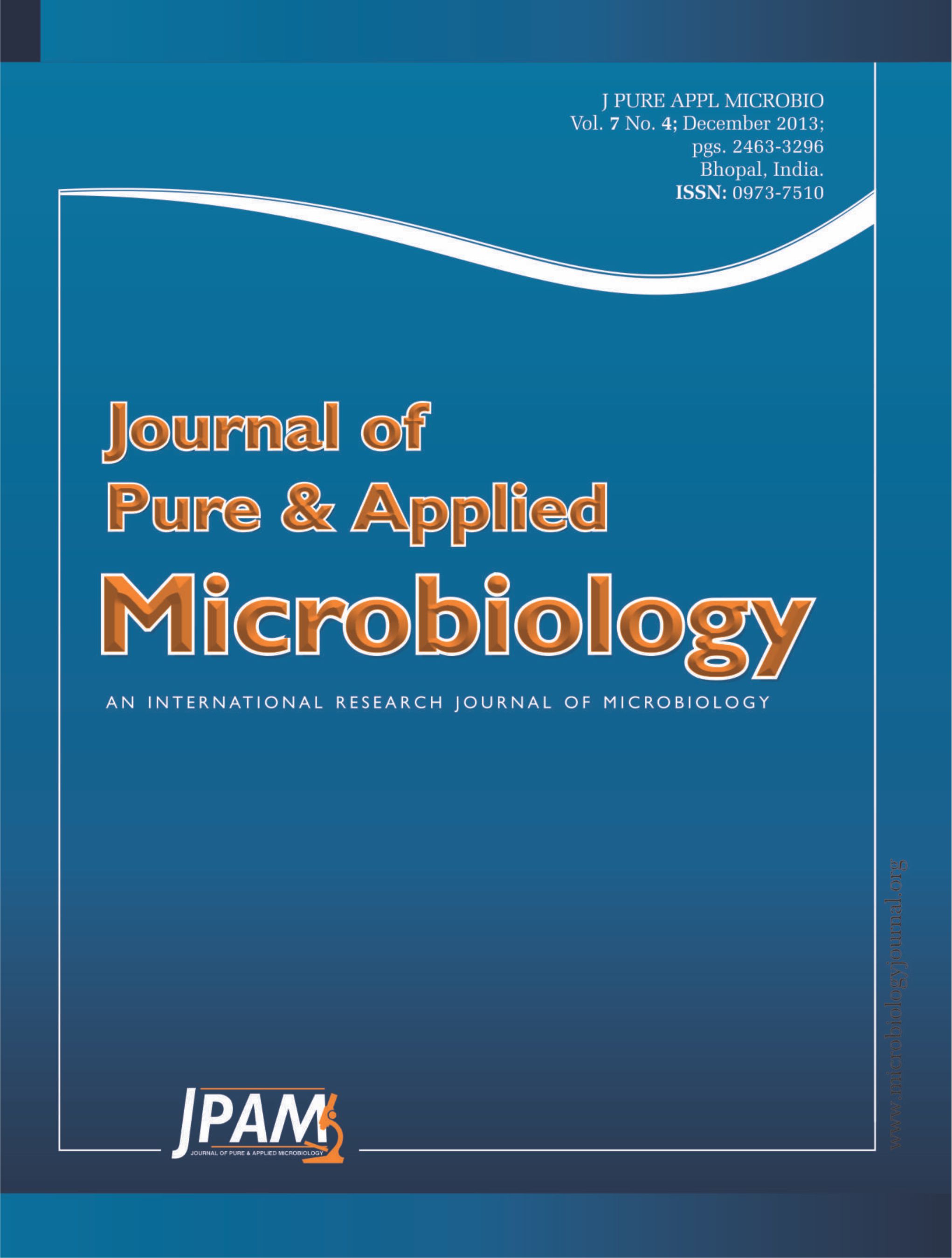In this study, a Lactobacillus casei strain (C7-2) that produced broad spectrum antifungal compounds was isolated from fermented pickle samples. This strain was identified by the analyses of morphologic characteristics, physiological-biochemical tests, and molecular-biological test. The highest yield of the antimicrobial substances produced by this strain was recorded at 36 h. The antimicrobial compound remained stable at pH values between 2.0 to 6.0, and also for 30 min at 121 °C. The antimicrobial compound produced by the strain C7-2 was found to have a wide antimicrobial spectrum, which effectively inhibit Escherichia coli, Bacillus subtilis, Staphylococcus aureus, Salmonella, Saccharomyces cerevisiae, and Botryodiplodia theobromae Pat. This antimicrobial compound was purified using silica gel column chromatography, VLC, and HPLC. The structure of this compound was elucidated using NMR (1HNMR, 13CNMR). The active compound was identified as 2,5-diketopiperazines (DKPS) [cyclo (l-Pro-d-Leu)]. The diketopiperazine derivative identified in the study may be a promising alternative to chemical preservatives as a potential bio-preservative which prevent fungal growth and mycotoxin formation in food and feed. This is the first report on the isolation of this DKPS from L. casei.
Lactobacillus casei, Fermented pickle, Antimicrobial compound, Chromatography, Diketopiperazines
© The Author(s) 2013. Open Access. This article is distributed under the terms of the Creative Commons Attribution 4.0 International License which permits unrestricted use, sharing, distribution, and reproduction in any medium, provided you give appropriate credit to the original author(s) and the source, provide a link to the Creative Commons license, and indicate if changes were made.


